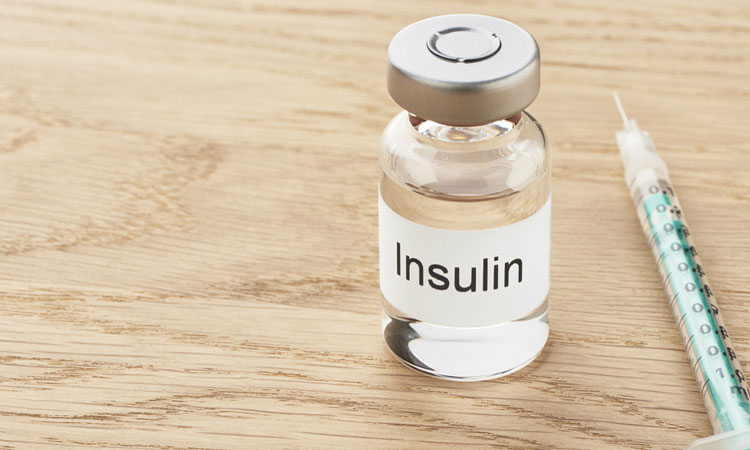Insulin supply chain transparency needed to prevent price hikes
The Endocrine Society has reported that increasing costs of insulin means that people are often deciding to forgo necessary treatment…
With ever-increasing insulin costs creating a barrier for many with diabetes, The Endocrine Society is calling upon stakeholders in the supply chain to help reduce costs of insulin for people with diabetes that don’t have free or subsidised healthcare.
Insulin is a lifesaving medication for those with diabetes, and with its cost nearly three-fold since the early 2000’s, it has become difficult for many to afford the medication and manage their diabetes.
This has put many patients safety in jeopardy as patients decide to ration their insulin, and may even forgo medical care they require. The Endocrine Society has issued a statement explaining how a ‘lack of transparency in the drug supply chain has made it challenging to identify the root cause of price increases’. It suggests that the current climate makes it difficult to understand how much each stakeholder gains when costs to patients increase.
“Without clear information about expenses incurred by various players in the supply chain, we cannot fully understand what is driving costs up or how to best reduce insulin costs for people with diabetes in the future,” said Dr Rita Kalyani, Associate Professor of Medicine at Johns Hopkins University School of Medicine, and spokesperson from the Society.
“High costs are forcing some people with diabetes to make the life-threatening decision to ration insulin. This is unacceptable for optimal patient care. Everyone needs to be part of the solution to this problem.”
Numerous policy changes were recommended in the statement put forward by the Society. These included:
- Limited future list price increases, with reasonable financial incentives pursued by all stakeholders
- Patients share of costs to be limited to a co-pay, with human insulin being available at no cost to patients
- Healthcare workers should be trained to use low-cost human insulins, prescribing them where appropriate
- Electronic medical records to include up-to-date price information
With over 30 million Americans affected by diabetes, and 84 million with prediabetes, it is astonishing that only 7.4 million children and adults use insulin. At least one vial is needed per month. For those with type 1 diabetes, it is the only life-saving treatment, and many with type 2 diabetes will eventually need insulin to manage their disease.
Three insulin manufacturers, Sanofi, Eli Lilly and Novo Nordisk, have all announced steps to address the issues outlines in the report.
The Congressional Diabetes Caucus is evaluating legislative action to address rising insulin costs, with members holding a hearing to examine what is driving the cost of insulin, and to discuss potential solutions to the problem.










